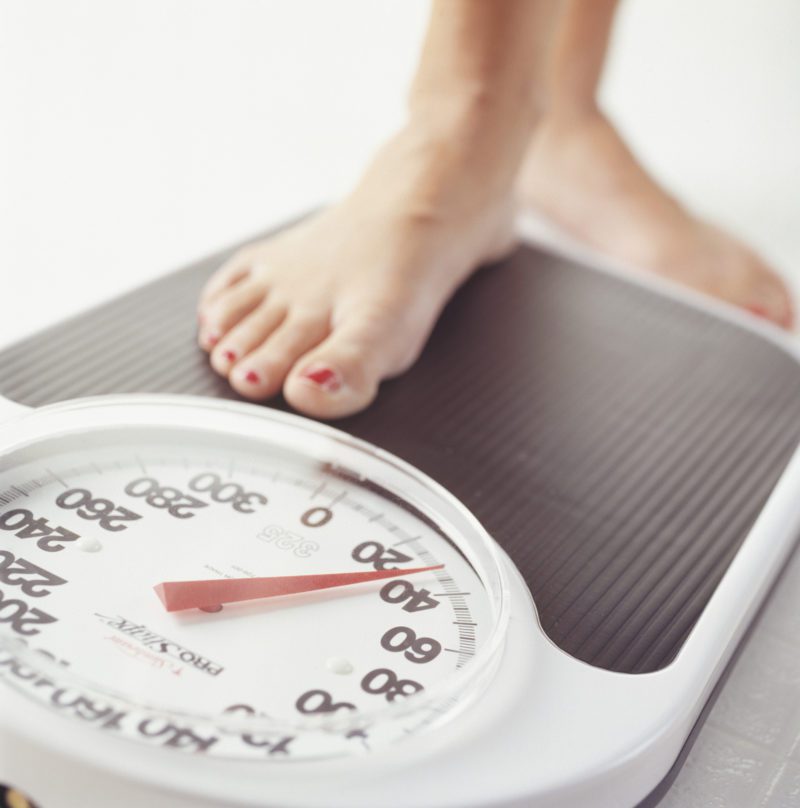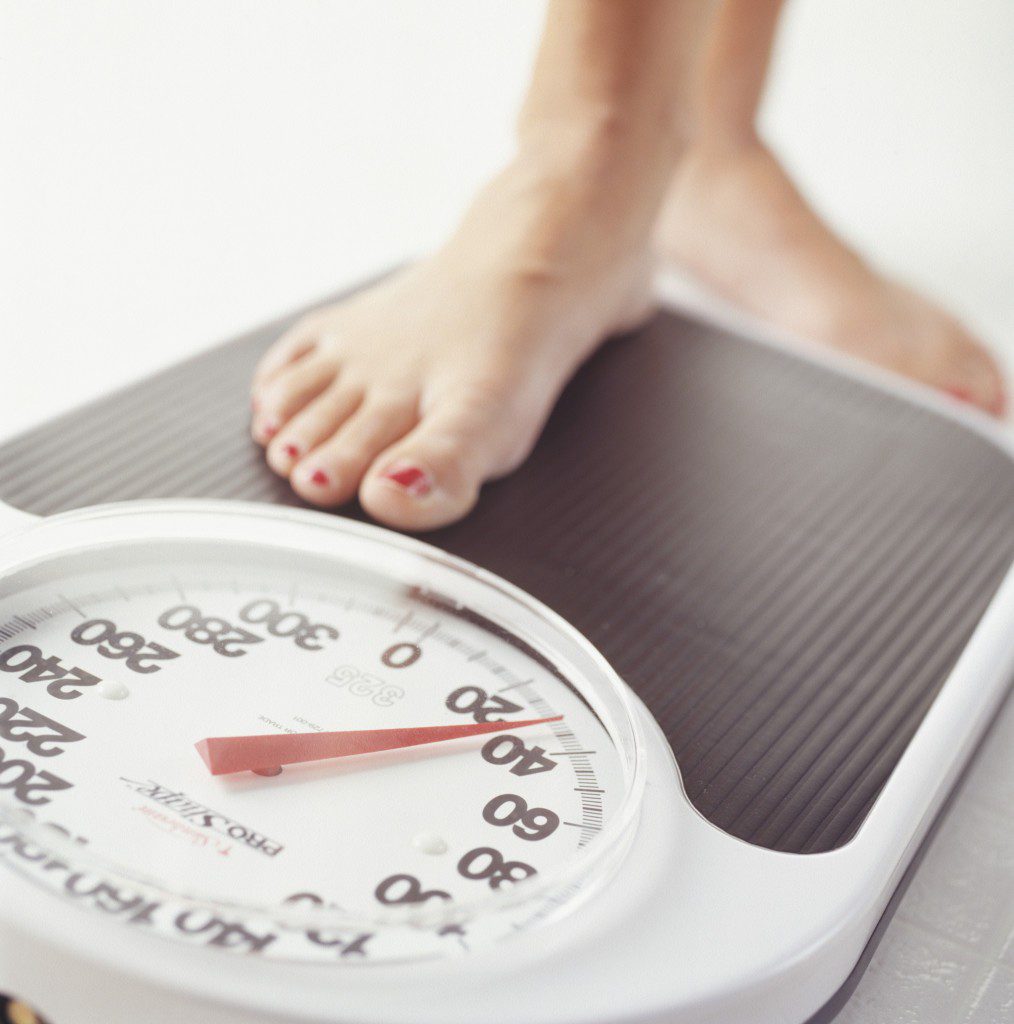Brooke Brown’s tips for achieving race weight

— By Brooke Brown
With summer on the horizon, many triathletes are interested in reaching and maintaining race weight. Assuming that you’ve worked hard this spring to boast a fine-tuned, more-fit version of you, follow these pro tips to help balance the scale.
As a professional athlete with a year-long race schedule, it is important to have balance. It comes down to not always needing to be at race-weight, but also knowing that it is never too far out of reach. It is essential to know what is a healthy weight and competitive weight for you. A good race-weight for me, is one where I am as lean as possible without sacrificing power and energy. I reserve racing at my ‘true’ race-weight for only a few priority competitions a year, minimizing the risk of getting sick, injured or having low energy availability.
If you want to reach or maintain a specific weight during race season this year, here are some tips to doing so healthily.
1. Maintain good blood sugar balance. By keeping your blood sugar on an even-keel, you will avoid extreme energy lows and hunger throughout the day. You will be less likely to have cravings and devour sinful energy-dense nutrient void treats.
2. Eat the majority of your carbohydrates during the day time. Carbohydrates are a major energy source in endurance sports. Consuming the majority of your daily intake during the day will provide fuel for your training and daily activities. It is better to burn them up, rather than having a full belly when you sleep at night. Note: when we sleep, the majority of calories spent are from fat! At dinner, replace the grains and starches with a double helping of veggies.
3. Think quality, not quantity. Making healthful choices of protein, carbs and fat will help keep your daily calories in check. Also, by improving the quality of your diet, you will find yourself more satiated due to the added nutrients and fibre.
4. Minimalist kitchen approach. Everyone is into spring-cleaning these days… why not do the kitchen too? While you don’t need to go to a Peter Reid extreme by having only enough food to get you through a training day, keeping the kitchen to a minimal of fresh foods and staples can benefit a slimmer you. Buying just enough for a few days and skipping the junk allows you to get creative with resources on hand and reduces snacking.
5. Fasting — intermittent fast and fast training.
Though controversial, some top athletes choose to fast for effective weight loss during training.
Intermittent fast — Traditionally, skipping breakfast was thought to be a weight-loss no-no, but more studies are emerging that show delaying meal time between dinner and breakfast by 10 to 12 hrs decreases daily calorie intake and increases fat burning calories during this period. On occasion, try not eating past 8 pm and postpone your breakfast until 10 am.
Fast training — Combine this with an early-fasted state training. Coach Brett Sutton was known for prescribing this to his athletes several times a week. Doing light training in a fasted state is not only good for the midline, but improves the body’s ability to oxidize fat for fuel which is a great asset for long distance athletes.
Similarly, you can reap the same benefits by doing two or more training sessions in one day. By the second and third workouts of the day, your body is naturally in a slightly carb-depleted state because it hasn’t had the chance to fully replenish its carbohydrate stores from previous exercise.

